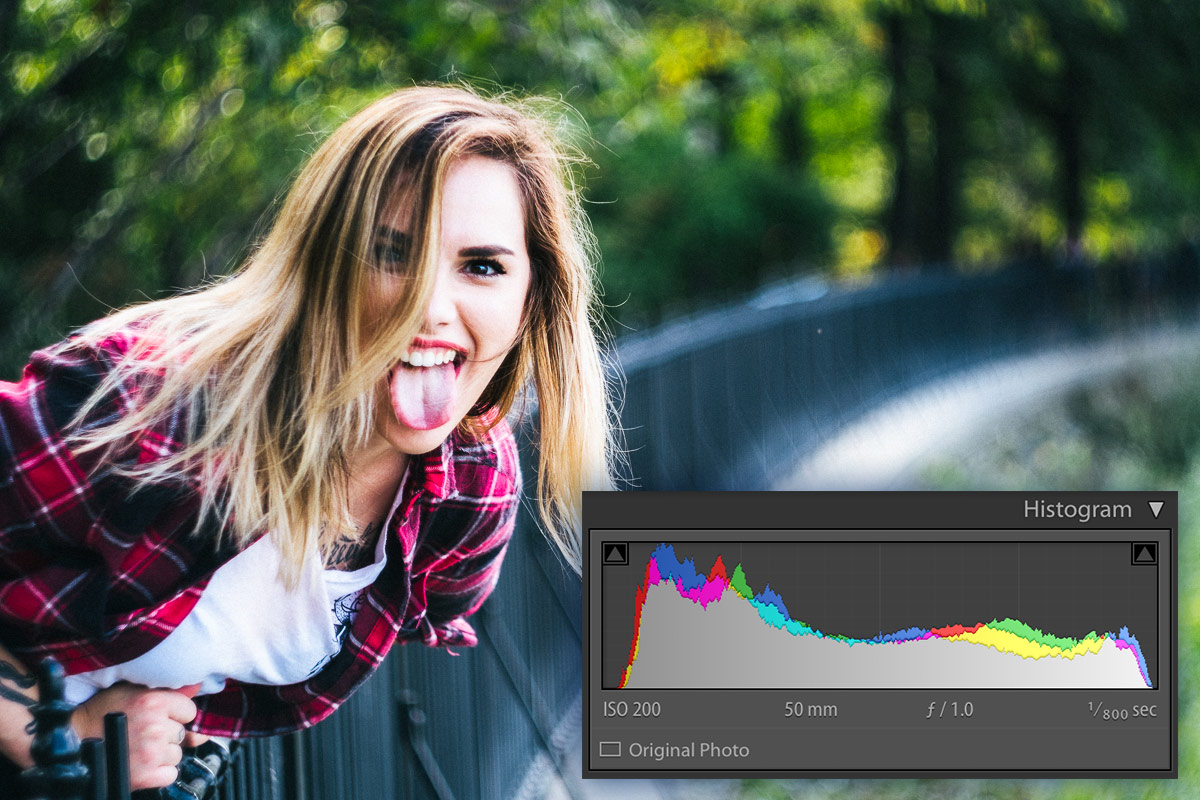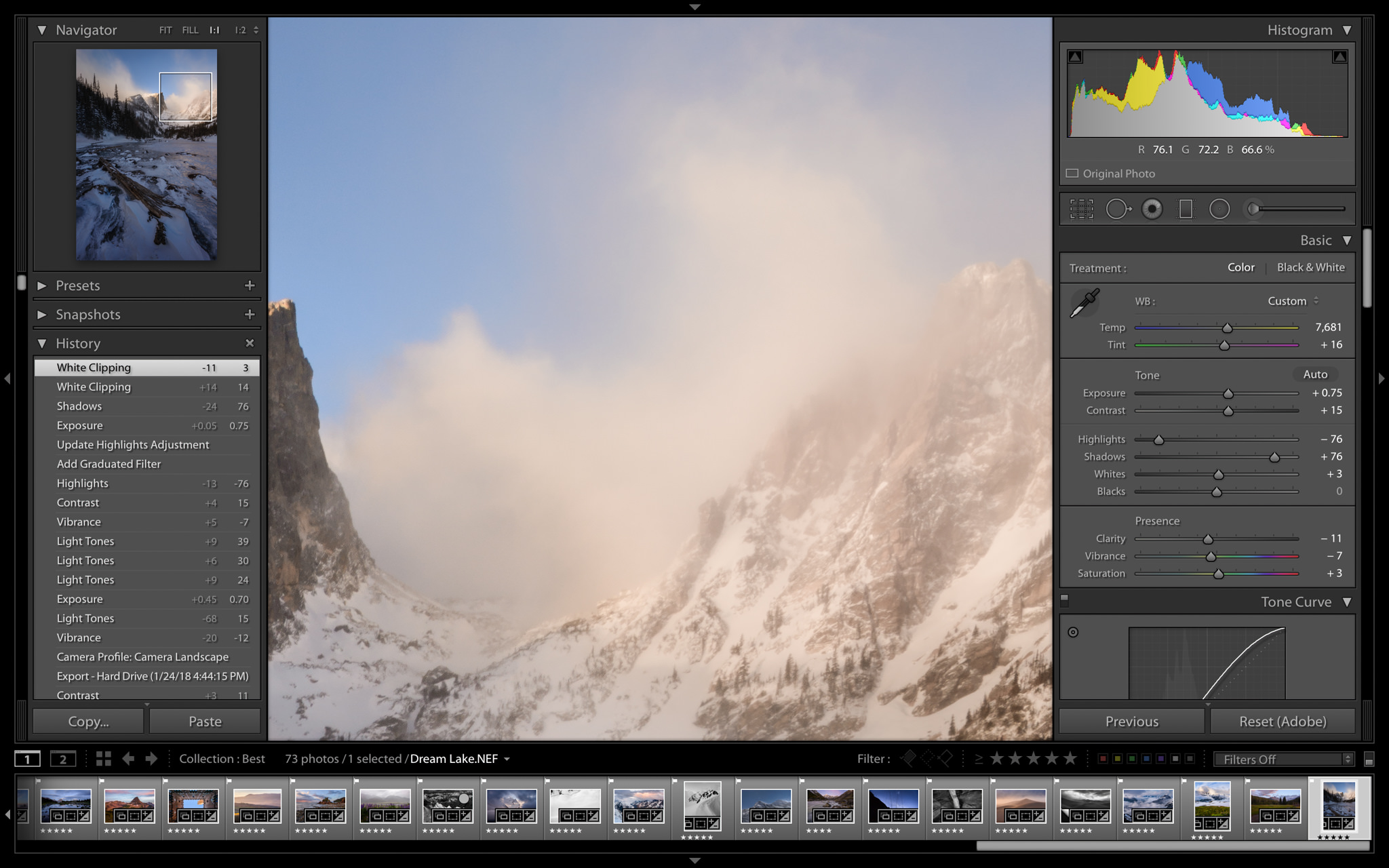

Smaller file sizes can help speed up your workflow immensely, especially if you’re using an underpowered computer. However, by exporting at a quality of around 75, you should end up with an image that looks pretty much identical to one exported at 100, except it’ll be about 1/3 of the size. Most photographers who don’t already use a Lightroom plugin to handle image compression export all their files at 100% quality.

I have no idea why, but the following tip can seriously benefit your post-production workflow. The JPEG quality setting in Lightroom is unique - ‘Quality 75’ is different from ‘Quality 75’ in Photoshop. Just remember to change the folder name back when you want to export your images. This trick can add another small speed boost to the process. Since Lightroom Smart Previews are like miniature RAWs, the editing process is much faster, not to mention the huge benefit of being able to take your minified image catalog with you on your laptop, even if you have limited hard drive space.īonus Tip: Try temporarily renaming the folder that contains your original images, this effectively ‘forces’ Lightroom to only see the Smart Previews. You can turn this on via the menu (Preferences > Performance > Develop > Use Smart Previews Instead Of Originals For Image Editing). Since Lightroom 6.7, Adobe gives us the ability to use Smart Previews instead of our original files for editing. When you import your photos into Lightroom for editing, tick the box ‘Build Smart Previews.’ Then go for a walk or phone your parents, because this adds some significant time to the import process - but trust me, it’s worth it for the time you’ll save later. If you’re not already using Smart Previews, you should be - they can save you a ton of time. When you’ve culled your final images, apply a Lightroom filter using whatever selection method you used (number, flag, or color), and then you can start your editing with a smile on your face. Make sure you set up ‘Auto-Advance’ in Lightroom to make the process even smoother (Photo > Auto Advance), so that when you press your selection key, you’re moved on to the next photo automatically.

Every time you hit your designated selection key (I use the numerical keys to give the photo a star rating), it’s like you’re patting yourself on the back by saying, “I like this photo!” Compare that to “I don’t like this photo,” multiplied by the hundreds of times you press your reject key, and you’ll quickly understand why you might feel a little glum about your work while editing! However, culling positively by only marking the ‘keepers’ is a much faster process, and it’s a small hack that can also affect your mood, especially when you consider the thousands of photos you cull each week. Many photographers cull their images negatively, marking photos they want to reject with a flag, color, or the reject (X) key, leaving only the images they wish to keep. ‘Culling positively’ means that you’re choosing only the images you wish to keep, instead of marking the ones you don’t wish to use.
#EXPOSURE X VS LIGHTROMM SOFTWARE#
No matter which software you use to select your favorite images from your latest shoot, it’s important to ‘cull positively.’ If you don’t already own Lightroom, Shotkit has put together this handy guide that outlines the differences between the numerous plan options. On the flip-side, it's an unruly beast that sucks up our precious time - time we’d prefer to spend behind a camera, rather than a desk.Īfter editing hundreds of thousands of photos over my years as a wedding photographer, these are the 4 tips that have helped me streamline my workflow in Lightroom. On one hand, it's a wonderful tool that helps us make a living. We all seem to have a love/hate relationship with Adobe Lightroom. Guest post by Mark Condon, a photographer based in the Tweed Valley, Australia, and founder of Shotkit.


 0 kommentar(er)
0 kommentar(er)
